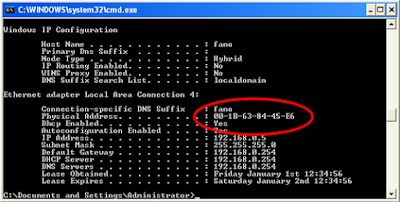Satellite Communication (Satellite Microwave)
Radio wave can be classified by Frequency and wavelength. When the frequency is higher than 3Ghz, it is named microwave . Satellite communication is special case of microwave relay system. Satellite communication use the synchronous satellite to relay the radio signal transmitted from ground station . In recently , the use of wireless communication has gained more popularity. Compare to the traditional fixed wire terrestrial networks, satellite and microwave communication network features the time saving, fast implementation and abroad coverage characteristic. It provides voice,fax,data and video service as well as email,file transfer ,WWW internet application. When fixed wire terrestrial communication networks are crushed by a disaster, the satellite and microwave system as a emergency backup facility will be started.
In satellite communication the earth station consists of a satellite dish that functions as an antenna and communication equipment to transmit and receive data from satellite passing overhead.
A number of communication satellite , owned by both governments and private organizations, have been placed in stationary orbits about 22,300 miles above the earth's surface. These satellite accept data/signals transmitted from an earth station, amplify them, and retransmit them to another earth station . Using such a setup, data can be transmitted to the other side of earth in only one step.
Most communication satellite have multiple, independent reception and transmission devices known as transponder. In a commercial communication satellite, a single transponder is usually capable of handling a full -color, commercial television transmission,complete with audio. Transponders for data transmission may be even larger. some firms that market satellite communication service own a satellite. Others lease a portion of a satellite and provide transmission facilities in smaller units to ultimate users. The security in satellite transmission is usually provided by the coding and decoding equipment. Satellite Communication has a number of advantages:
Advantages:
(a) The area coverage through satellite transmission is quite large.
(b) The laying and maintenance of intercontinental cable is difficult and expensive and this is where the satellite proves to the best alternative.
(c) The heavy use of intercontinental traffic makes the satellite commercial attractive.
(d) Satellite can cover large areas of the Earth. This is particularly useful foe sparsely populated areas.
Disadvantages:
(a) Technological limitations preventing the deployment of large, high gain antennas on the satellite platform,
(b) Over-crowding of available bandwidths due to low antenna gains.
(c) The high investment cost and insurance cost associated with significant probability of failure.
(d) High atmospheric losses above 30 GHz limit carrier frequencies.



Comments
Post a Comment